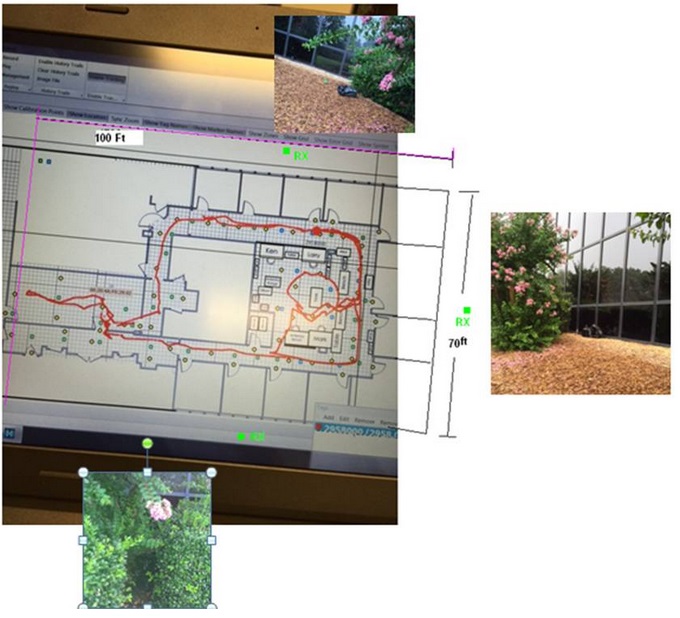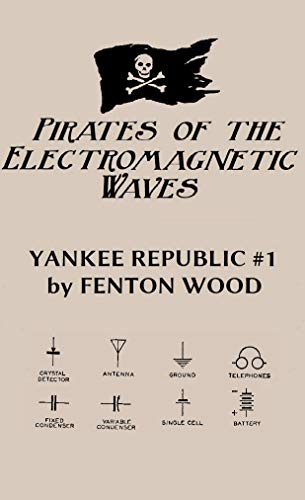Few novels capture the drama, the passion, and the excitement of engineering. To do justice to the subject, the author must be conversant with engineering science and practice. In addition, the author must write with sufficient power and clarity to make the relevant technical details clear to a non-technical audience without boring them. Robert Byrne is such an author. A civil engineer by training, he edited a trade journal in the heavy construction industry for many years before becoming a full-time writer. Here’s an excerpt from Skyscraper in which Castleman, the engineer responsible for certain design flaws in the eponymous structure, explains his profession:
“Doctors lose a patient now and then,” Castleman went on, “but an engineer can wipe out a hundred people in the wink of an eye. What’s worse, the responsibility never ends. In forty years, I’ve designed a lot of buildings. Every day they deteriorate a little, just like you and I do. People live in them and work in them and walk past them on the sidewalk. Their lives depends on me, a man they’ve never met and never think about. All my life I’ve had to worry about people getting killed because of something I might have overlooked. Some little error that made no difference when the structure was young and strong. “
That drama plays out in one form or another in many of Byrne’s novels. Better known for his works on Pool and Billiards, Byrne wrote five novels featuring engineers as the central character facing potentially disastrous circumstances:
- Thrill (1995): about a dangerous roller coaster.
- Mannequin (1988): about a runaway train leaking nerve gas.
- Skyscraper (1984): about a skyscraper in danger of structural failure.
- The Dam (1981): about a dam on the verge of collapse.
- The Tunnel (1977): about a terrorist attack on the English Channel tunnel.
In each case, the novel is not so much about the disaster but about the way in which the hero applies engineering skill to identify the failure modes and avoid or at least mitigate the damage. A recurring theme is the necessity for independent judgment. Byrne’s heroes are often pressured by their employers or their clients to hide inconvenient facts. They risk their jobs, and often their lives in the pursuit of the truth as they see it. Not many works feature the efficacious engineer as hero. I know of only a few comparable novels: Ayn Rand’s The Fountainhead and Atlas Shrugged, Nevil Shute’s No Highway (my review of the movie, here), and Merwin Webster’s Calumet K. On the non-fiction side, I’d recommend Henry Petroski’s outstanding To Engineer Is Human: The Role of Failure in Successful Design, for an account of how engineers learn from failure. Petroski’s book introduced me to Byrne’s novel through an off-hand mention. Thanks!
The bad news is that Robert Byrne’s novels are out of print. The good news is that you can usually get them for little more than the cost of postage from used book dealers (follow the Amazon links above). This post is running long, so I will have individual reviews of Byrne’s novels as separate posts. ÆtherCzar’s reviews of the novels of Robert Byrne will be tagged here.
Update – see reviews here:
- Book Review: Skyscraper by Robert Byrne
- Book Review: The Dam, by Robert Byrne
- Book Review: Thrill by Robert Byrne




One thought on “Engineer as Hero: The Novels of Robert Byrne”